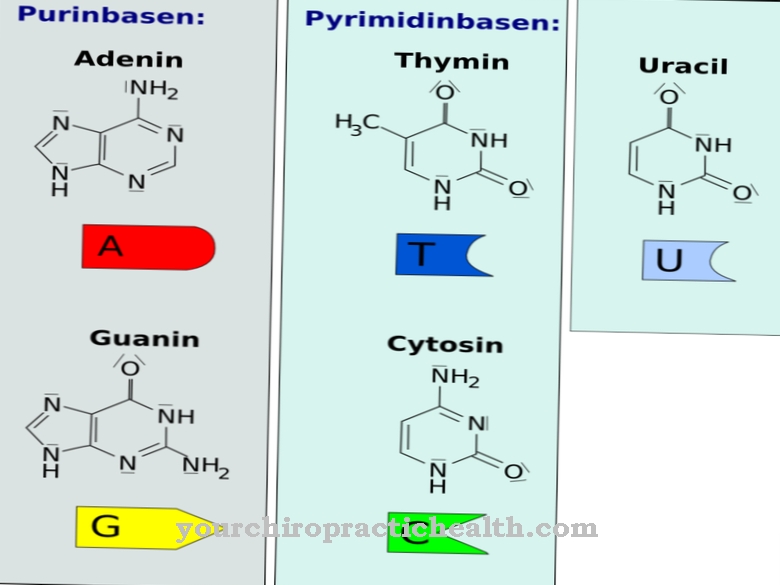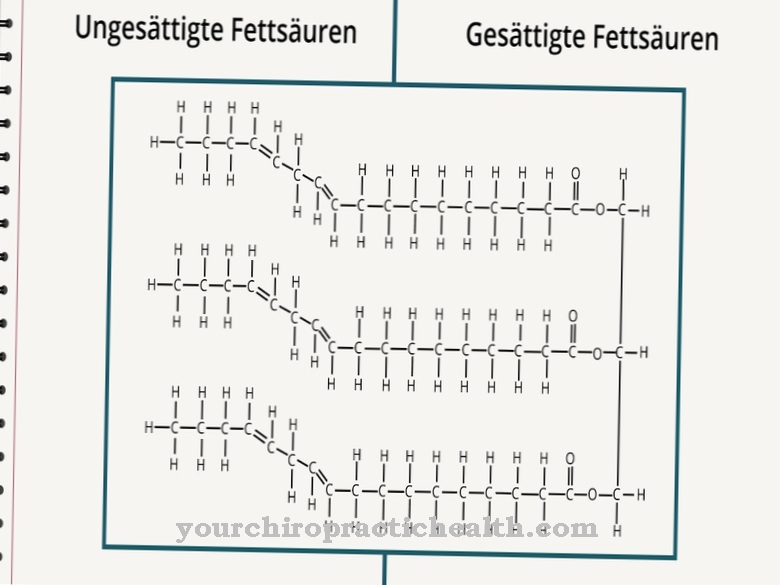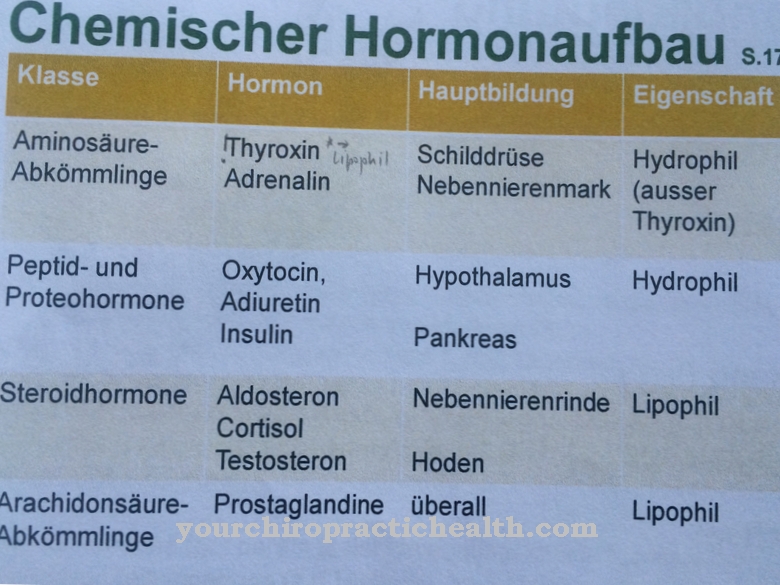The cure Fumaric acid has been known since ancient Greece. The active ingredient occurs in nature and can also be produced synthetically.
It is mainly used in industry and also in medicine. There, fumaric acid is used to treat psoriasis and a certain form of multiple sclerosis. It inhibits special immune cells.
What is fumaric acid?
Fumaric acid is an organic and at the same time chemical substance that belongs to the class of fruit acid and also trans-ethylene dicarboxylic acid is called. The salts of fumaric acid are called fumarates.
The acid is found in plants, fungi and lichens. It can also be made in the laboratory. As a food additive E 297, it is used to preserve food. The industry uses it to produce the plastic polyester. In the livestock industry it is used as a food additive to prevent infections. The salts of fumaric acid fumaric acid ester, fumaric acid monoethyl ester and fumaric acid dimethyl ester are used for the treatment of patients with skin diseases and multiple sclerosis.
They are applied externally as ointments or administered orally in the form of capsules and tablets, as well as injections. 60% of the active ingredient is later excreted through respiration, the rest through the urine. The rarely occurring side effects can be reduced if the patient takes the medication with meals.
Function, effect & tasks
Fumaric acid is primarily immunosuppressive. This creates a balance between different groups of immune cells. For example, fumaric acid drugs affect B and T lymphocytes and Th1 cells by inhibiting the action of Th1 cells with the help of Th2 cells.
This is necessary because psoriasis patients have an excess of Th1 cells. All three fumarates are used for the long-term treatment of psoriasis and, since 2014, also for relapsing remitting multiple sclerosis. Psoriasis is a chronic, non-contagious skin condition. Fumarate ointments, capsules, and tablets reduce the inflammation that leads to the formation of the scaly rashes. Fumaderm therapy is successful in around 90 percent of patients.
As early as the 1970s, doctors treated their psoriasis patients with fumaric acid preparations. Dimethyl fumarate (DMF) was also approved for the treatment of relapsing relapsing multiple sclerosis, following a positive decision by the European Medicines Agency EMA in 2013. The drug is administered as capsules and tablets and replaces the beta-interferon injection that has been used up to now, which many patients found stressful. In this special form of multiple sclerosis, which is based on a disorder of the Th1 cells, it inhibits the inflammation of the nerve fibers of the brain and spinal cord by releasing the cell protection factor Nrf2.
Since it also hampers the production of cytokines - it blocks the HCA2 receptors - it reduces the frequency of attacks by up to 50%. This delays the progression of the disease. In the treatment of psoriasis, the fumaric acid agents are administered in lower doses than in the special form of multiple sclerosis.
Education, occurrence, properties & optimal values
Fumaric acid forms colorless, almost odorless, flammable crystals at room temperature and sublimates at around 299 ° C. The fruit acid is very irritating and does not dissolve well in water. It has been known since ancient times, where it was mainly used in folk medicine to treat skin diseases. Fumaric acid occurs naturally in some lichens, plants and fungi and was named after the common fume (Fumaria officinalis), a red-flowered weed.
It was isolated from the plant for the first time in 1832. Naturopathy also calls the plant "scaly herb" because it was applied in the form of tea compresses to the areas of the body affected by the rash. Common earth smoke contains a great deal of fumaric acid. To produce fumaric acid in the laboratory, maleic acid is heated to at least 150 degrees, irradiated with UV light or dissolved in water. In non-vegetable organisms, the fruit acid is produced, among other things, by the hydrolytic breakdown of the amino acids tyrosine and phenylalanine.
Diseases & Disorders
Particularly at the beginning of treatment, the use of fumaric acid preparations sometimes leads to side effects. The most common side effects observed (more than 1 in 10 patients) are gastrointestinal problems such as diarrhea, bloating, gas, nausea and abdominal pain, and a feeling of excessive heat.
These disturbances also occur occasionally later. In rare cases, skin allergies associated with itching, flushing (reddening of the skin), increased liver values, drowsiness, tiredness, headache, reduced lymphocytes in the blood and increased protein excretion in the urine were found. If more proteins are excreted, this indicates the presence of kidney disease and should be examined more closely immediately. During treatment with fumaric acid, progressive multifocal leukoencephalopathy (a disease of the brain), Kaposi's sarcoma and lymphopenia can occasionally occur.
Doctors assume that the immunosuppressive effect of fumarates is the cause of these diseases. Patients with acute severe infection, severe kidney problems, gastric ulcer, duodenal ulcer, severe liver disease and hypersensitivity to the active ingredient should not consume fumaric acid preparations. This also applies to pregnant and breastfeeding women as well as children and adolescents under the age of 18, as there is still no reliable knowledge about their effects on these patient groups. In addition, fumaric acid medication should not be taken if the patient is also receiving preparations with similar side effects (ciclosporin, retinoids, etc.), as fumaric acid can impair kidney function.



























